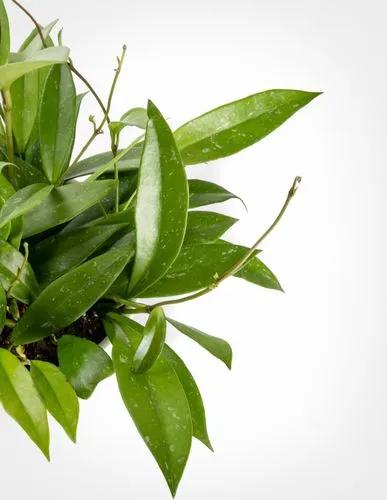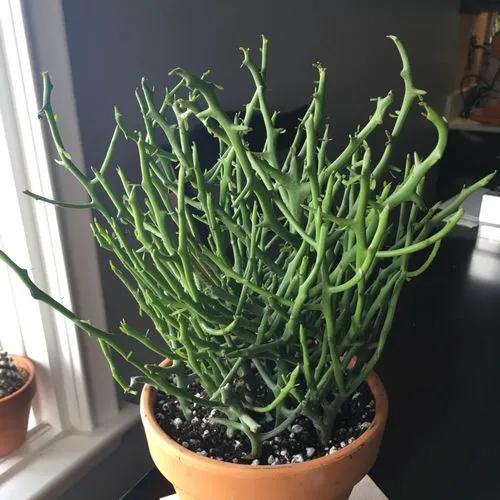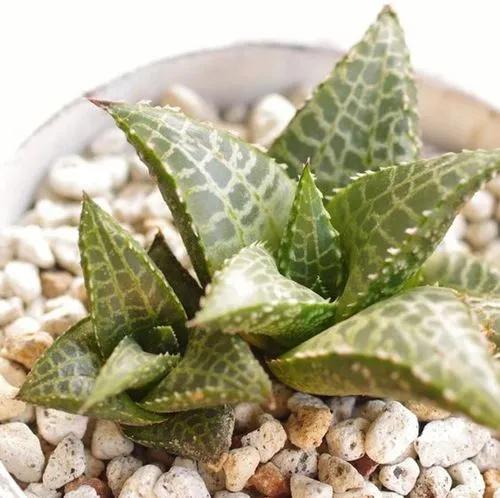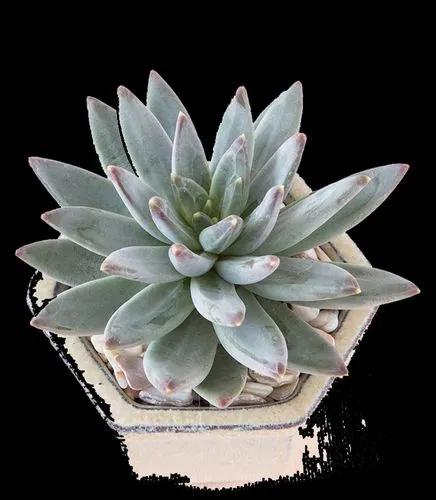Crassula muscosa is an ornamental herbaceous succulent. Today, this beautiful plant from South America is popular among gardeners worldwide.
Watch chain Care
Crassula muscosa



The Watch Chain is a shrubby plant. Its height reaches up to 10 inches (25cm). This succulent has creeping sprouts with wrapped tops. The leaves are small, densely clasping the sprouts. Crassula muscosa has a simple root system, which cannot penetrate deep into the soil.
How to Care for the Plant

Water

Typically, Crassula needs to take a sip once a week. In spring and summer, keep the soil slightly wet before watering. In autumn and winter, however, the growing medium has to remain dry before you irrigate your greenie. It is important to remember that excess water is more dangerous for Crassula muscosa than its lack, especially in winter. Too much moisture can make your succulent vulnerable to fungal diseases!

Pruning

You can only prune your plant when the bush is still young. Use clean and sharp tools. Unfortunately, pruning an adult Crassula can harm your plant's appearance.

Fertilizer

Crassula muscosa needs feeding once a month from April to September. In this period, it's best to use an all-purpose fertilizer or a special solution for cacti and other succulents. The rest of the time, continue to feed your succulent half-strength once a month. We recommend applying the fertilizer to moist soil after watering.

Sunlight

Keep your Watch Chain out of direct sunlight. It's especially sensitive to harsh afternoon sun. We recommend placing your greenie next to an east-facing window. You can also move your green pet to the balcony or the garden for the summer. Just make sure to protect it from extreme weather conditions!

Soil

This succulent is undemanding when it comes to the growing medium. The potting mix for succulents will do just fine! You can also use a turf and sand substrate or a mixture of turf, leaf, humus, and sand (4:1:1:1). Adding brick chips and pieces of coal to the soil can also be helpful.

Propagation

Crassula muscosa propagates by seeds or cuttings. You can sow the seeds in bowls. Please note that when propagating by cuttings, you need to dry and plant the plant's parts in the soil. You can also root cuttings in water with the addition of coal.

Temperature

This species prefers an air temperature of 67-77°F (20-25°C) in spring and summer. It is better to keep your greenie in the range of 50-60°F (10-15°C) in autumn and winter, although Crassula can survive at a room temperature of 64-72°F (18-22°C). This succulent is delicate, so make sure to keep it away from cold drafts and heating appliances!

Container

The root system of the Watch Chain doesn't extend very deep, so it's best to use a low container. Your green pet will also grow well in a bowl. Ensure your vessel has proper drainage!

Fun fact

Crassula muscosa has an analgesic and antiseptic effect on the human body.

Popularity

8,684 people already have this plant 1,538 people have added this plant to their wishlists
Discover more plants with the list below
Popular articles






